We live in the golden age of having fun with cars. There are so many options: autocross, track days, endurance racing, time trials, and more. Car manufacturers are catching on too, with track-oriented options on some models and big-production YouTube videos boasting about lap times around tracks like the infamous Nürburgring.
So how do you go about getting on a race track? What does it cost?
Over the years, I've been involved in a variety of motorsports events, and I am here to share those experiences and how-to. All the events I discuss can be found on Motorsportreg.com or with an easy Google search.
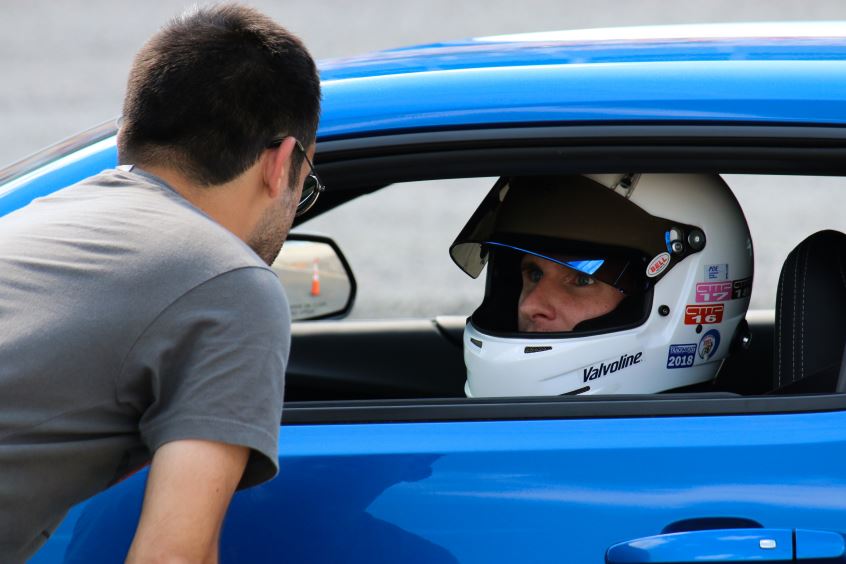
Danny Sawyer // Autofocused Photos
Where to Start
The cheapest way to drive your car at the limit is Autocross, a small course setup in an open piece of tarmac, typically a large parking lot. This is how I got my start years ago.
A local SCCA (Sports Car Club of America) autocross will run you about $40 and consists of roughly 6 timed runs that last 30-60 seconds. It's a great place to learn the limits of your car without much risk, and it can be extremely competitive.
Track days or HPDEs (High Performance Driving Experiences) cost more, but this gives you the opportunity to drive your car on tracks like Charlotte Motor Speedway and Road Atlanta, which offers ample track time. Entry fees run $150-$400+ depending on the track day organization. Most offer assigned instructors and classroom instruction.
HPDEs are a great place to gain seat time, develop as a driver, and test the true limits of a car, but the risks are real too. Track insurance is a no brainer in my opinion—it starts around $150 for the weekend, and the rate is adjusted based on the value of your car.
These events usually consist of three run groups: novice, intermediate, and advanced. Each group separates drivers based on experience and requires a sign-off from the chief instructor, it's worth keeping a logbook. Track days are not a race, but they’re a great way to enjoy your car at speed. Plus it's like going to the coolest car show ever, but the cars are actually driven!
Time trials are a great way to compete in your car without having to go full racecar. I recently attended the SCCA Time Trial Nationals at NCM Motorsports Park in Bowling Green, KY and had a blast. Three days of #funwithcars, combining hot laps and standing start runs (track sprint).
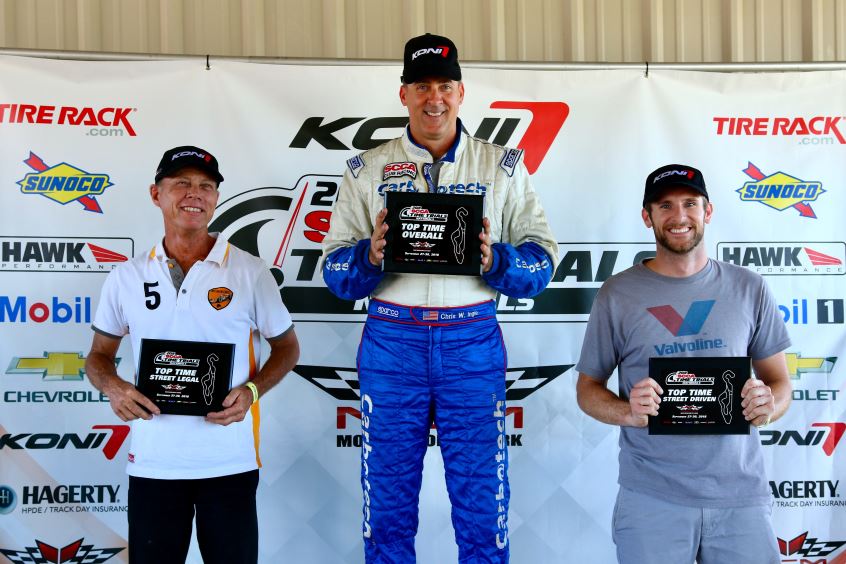
ABI Photography
128 participants were featured in loads of classes, including everything from Miatas to a McLaren. I brought my completely stock Camaro SS 1LE and placed 2nd in a field with Shelby GT350Rs, Porsche 911s, Camaro ZL1 1LEs, and that McLaren.
Organizations like the Optima Challenge and NASA (National Auto Sport Association) offer similar time trial events.
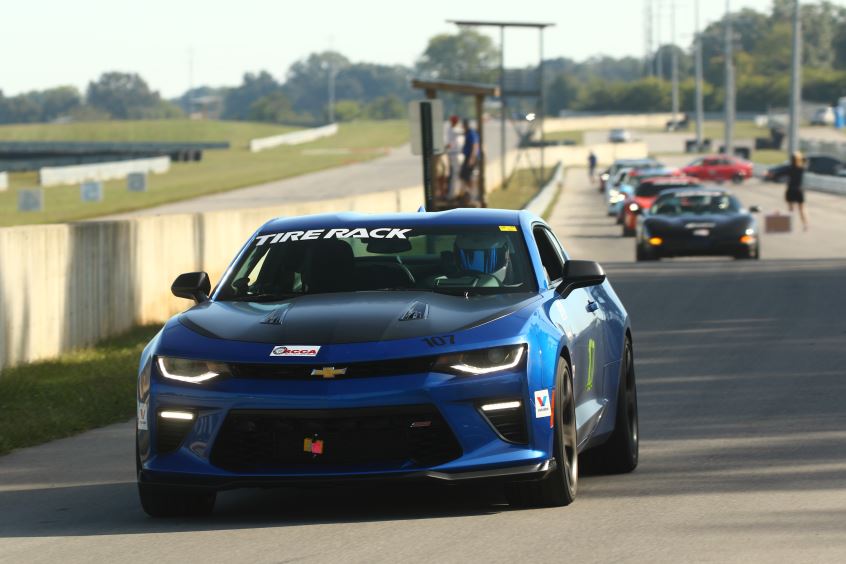
ABI Photography
Wheel-to-wheel racing can get expensive, but Lemons and the ChampCar Endurance Series are the answer to "cheap" racing. Granted, the cost can quickly escalate to run a top-of-the-field car, and safety gear/equipment alone add up.
If you want all the same thrills for a fraction of the cost, kart endurance racing is the way to go. Places like GoPro Motorplex and Atlanta Motorsports Park have world-class outdoor tracks with rental karts capable of over 55mph!
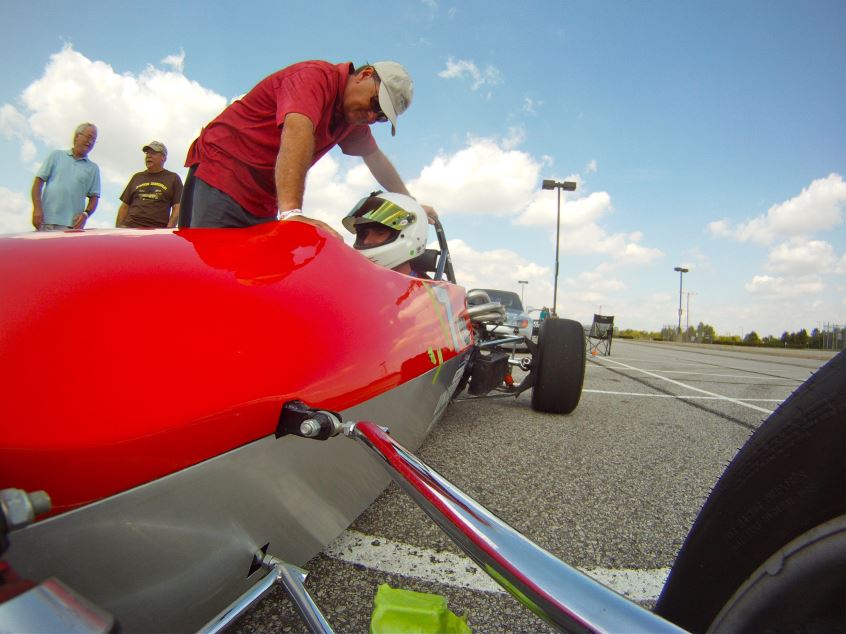
My friends and I regularly compete in these events a couple times a year, ranging from 6-12 hour endurance races. Teams are a mixture of average Joes, weekend racers, and pro drivers. During the last 6- and 8-hour races I competed in, 1st and 2nd place teams finished on the same lap! Plus they run rain or shine, so conditions can make things interesting. Best of all, you show up, race, and turn the karts back in, rather than dealing with all the prep and stress associated with car racing. I highly recommend this to anyone wanting to experience the thrill and fun of wheel-to-wheel, fantastic place to practice race craft too.
How to Prepare
Track prep is key to having a fun, safe, and stress-free day at the track.
Find a local shop that is familiar with track needs, have the car inspected, do an alignment, change the oil, and check all the fluids. Bleed the brakes with high-performance DOT 4 brake fluid. And make sure your wheels are torqued to spec.
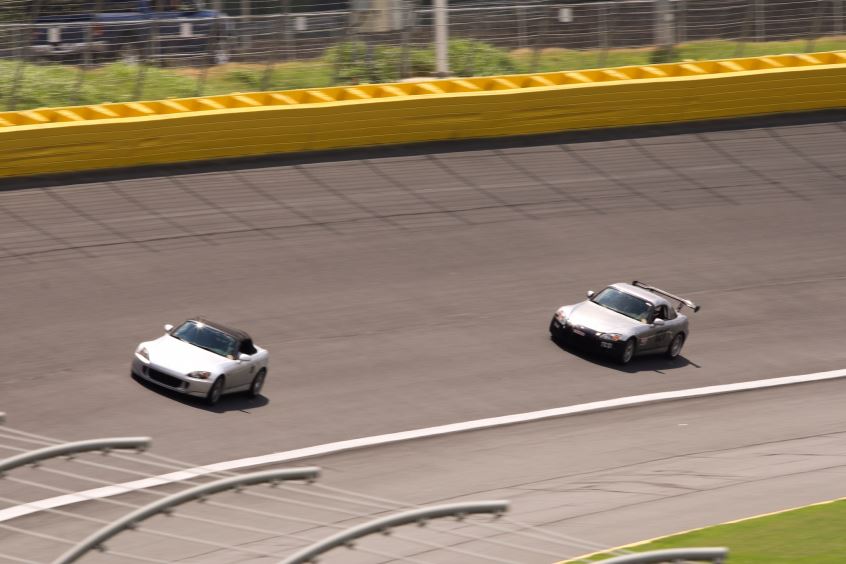
Danny Sawyer // Autofocused Photos
If you plan on doing multiple events, it's worth having a track-specific set of brake pads to survive the high heat associated with track use. Normal street tires tend to get greasy after a few laps, and wear increases dramatically too. 200 treadwear tires are designed to work well on track and have little compromise on the street. It’s amazing how just tires and brakes can transform a car on track.
Bring a SA2010 or newer helmet, though organizations typically have rental ones. And remember, no matter if you are racing wheel-to-wheel or at a track day, the car has to pass tech, so follow their guidelines.
I recommend recording your sessions for review, plus it’s fun to share your experience at the track with friends!
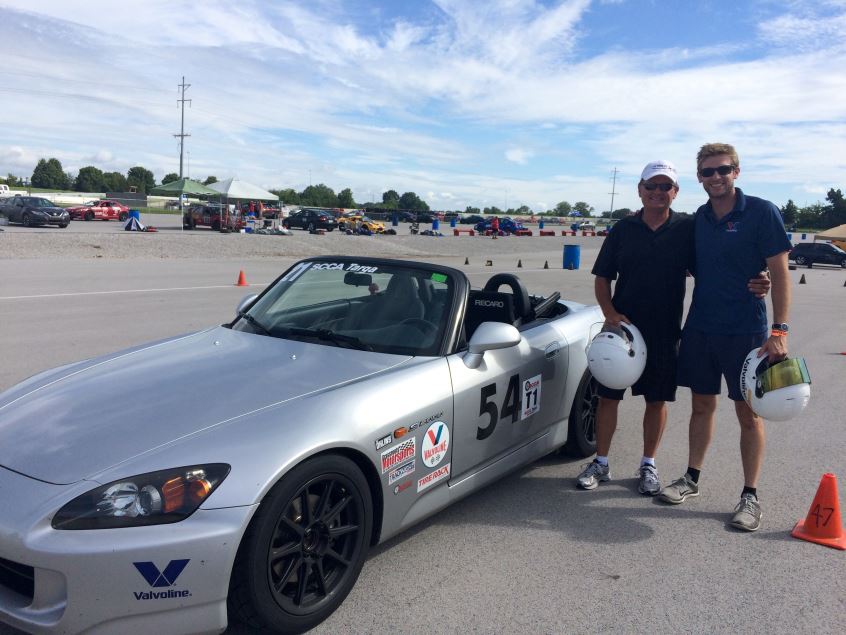
- The content above was submitted by a guest contributor and is for informational purposes only. The views and opinions expressed in this content are those of the guest contributor and do not reflect the views and opinions of Valvoline LLC.
 Patrick Daugherty
Patrick Daugherty